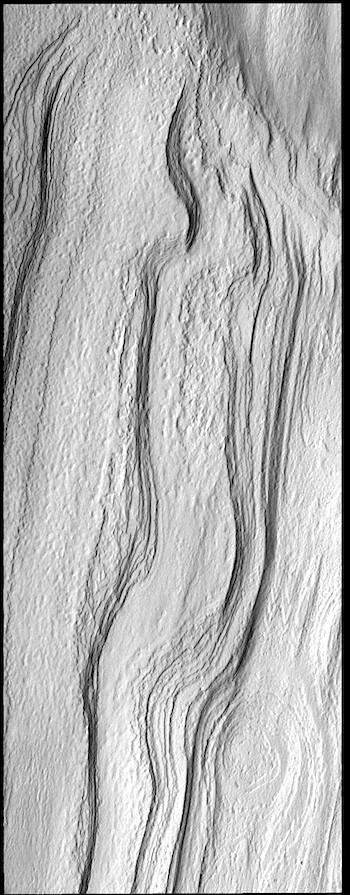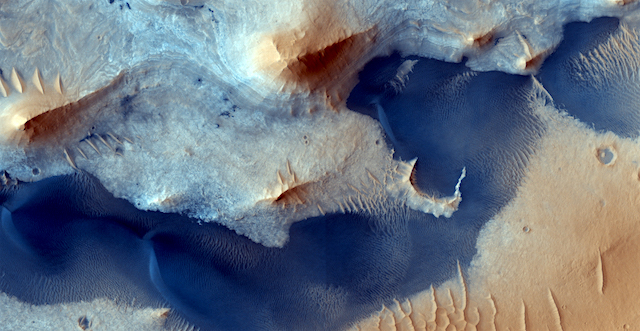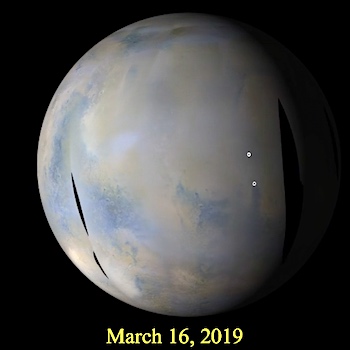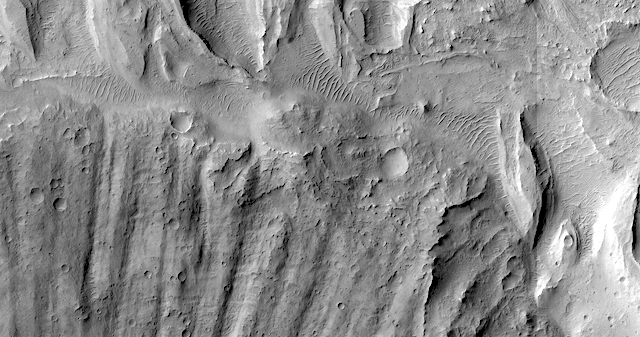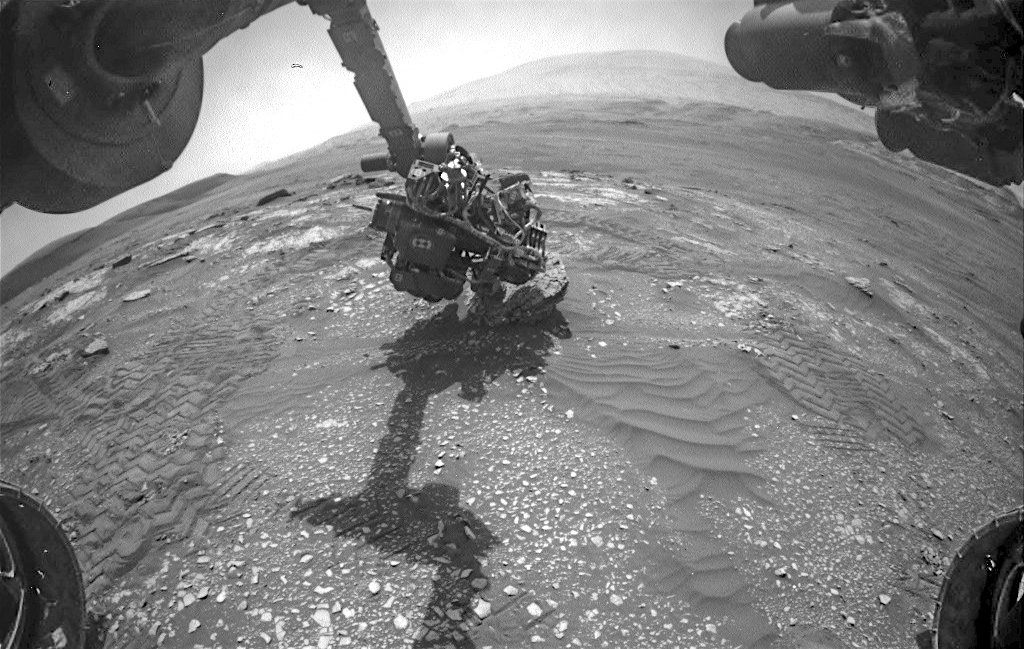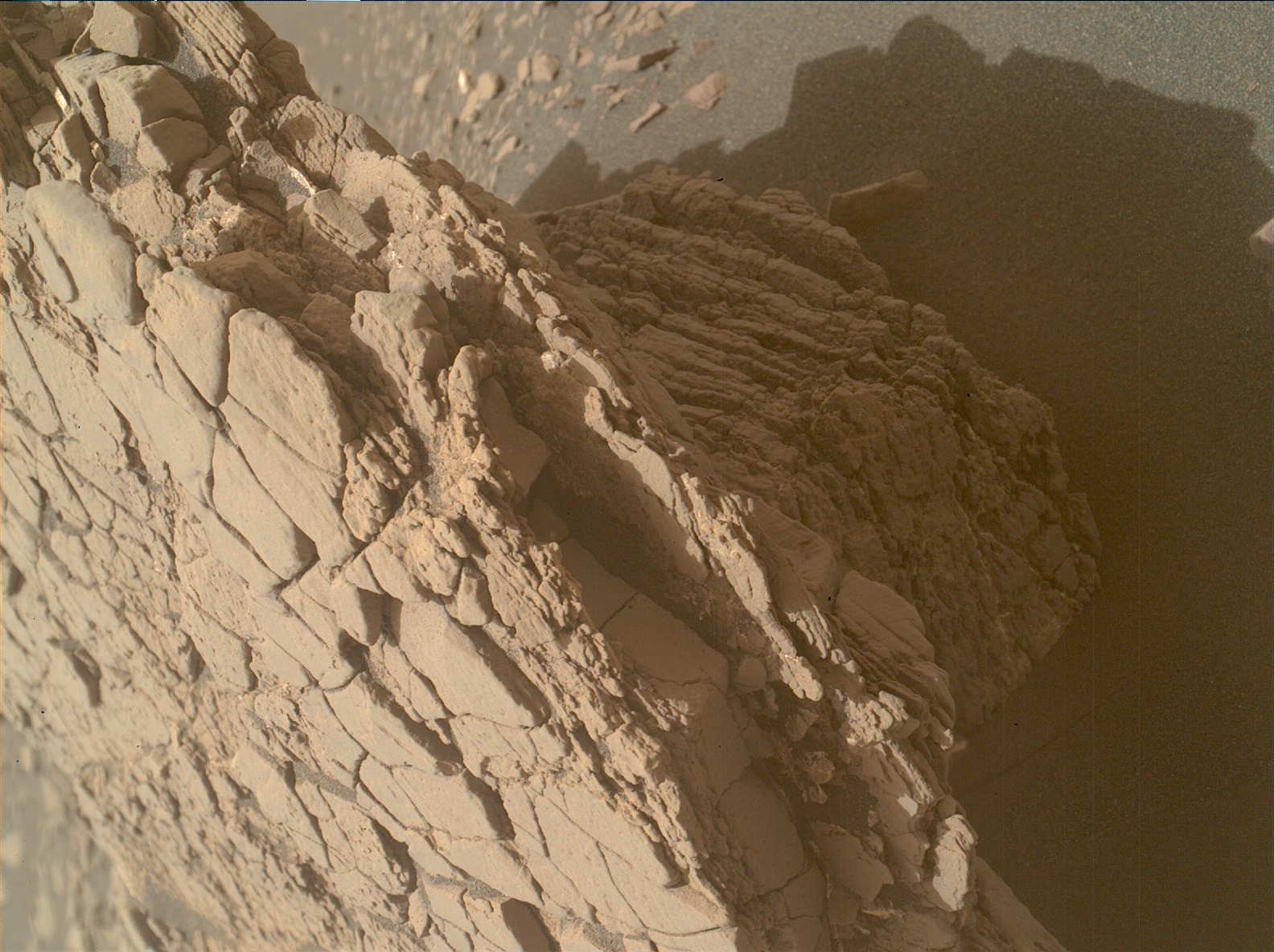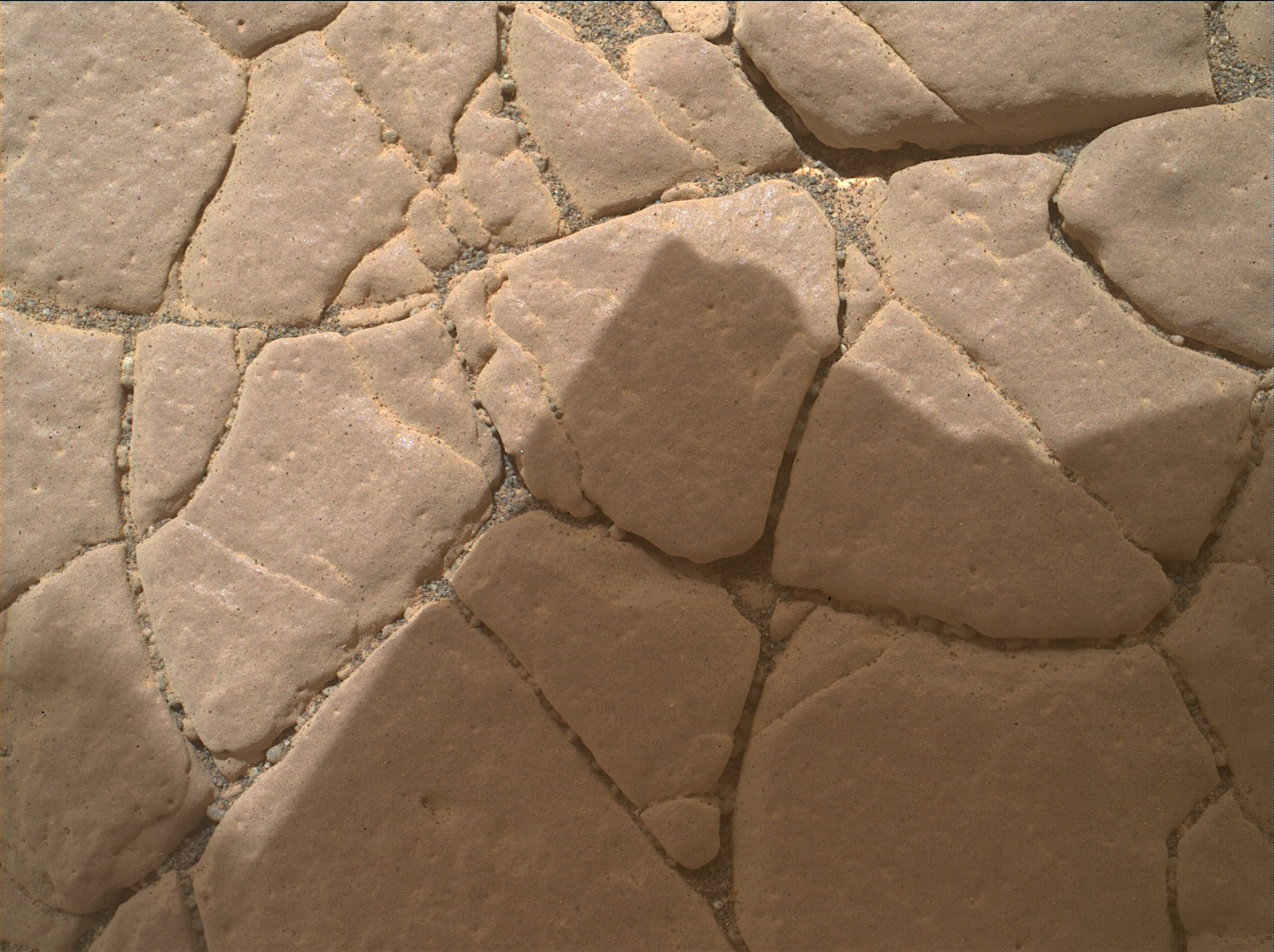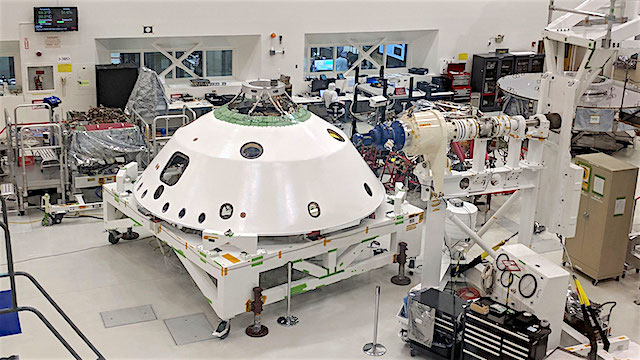 In a little more than seven minutes in the early afternoon of Feb. 18, 2021, NASA’s Mars 2020 rover will execute about 27,000 actions and calculations as it speeds through the hazardous transition from the edge of space to Mars’ Jezero Crater. While that will be the first time the wheels of the 2,314-pound (1,050-kilogram) rover touch the Red Planet, the vehicle’s network of processors, sensors and transmitters will, by then, have successfully simulated touchdown at Jezero many times before.
In a little more than seven minutes in the early afternoon of Feb. 18, 2021, NASA’s Mars 2020 rover will execute about 27,000 actions and calculations as it speeds through the hazardous transition from the edge of space to Mars’ Jezero Crater. While that will be the first time the wheels of the 2,314-pound (1,050-kilogram) rover touch the Red Planet, the vehicle’s network of processors, sensors and transmitters will, by then, have successfully simulated touchdown at Jezero many times before.
“We first landed on Jezero Crater on Jan. 23rd,” said Heather Bottom, systems engineer for the Mars 2020 mission at the Jet Propulsion Laboratory in Pasadena, California. “And the rover successfully landed again on Mars two days later.”
Bottom was the test lead for Systems Test 1, or ST1, the Mars 2020 engineering team’s first opportunity to take the major components of the Mars 2020 mission for a test drive. Over two weeks in January, Bottom and 71 other engineers and technicians assigned to the 2020 mission took over the High Bay 1 cleanroom in JPL’s Spacecraft Assembly Facility to put the software and electrical systems aboard the mission’s cruise, entry capsule, descent stage and rover through their paces.
“ST1 was a massive undertaking,” said Bottom. “It was our first chance to exercise the flight software we will fly on 2020 with the actual spacecraft components that will be heading to Mars – and make sure they not only operate as expected, but also interact with each other as expected.” [More at link]
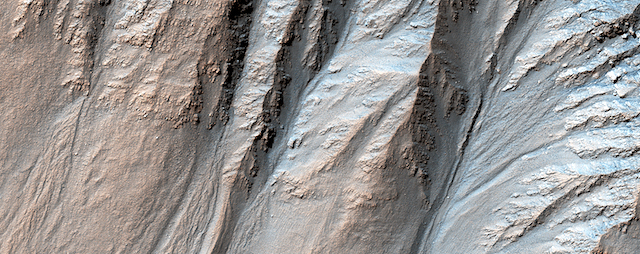 Most gullies in the southern mid-latitudes are on south-facing slopes, which are the coldest and have the most frost in the winter. However, some occur on other slopes.
Most gullies in the southern mid-latitudes are on south-facing slopes, which are the coldest and have the most frost in the winter. However, some occur on other slopes.








